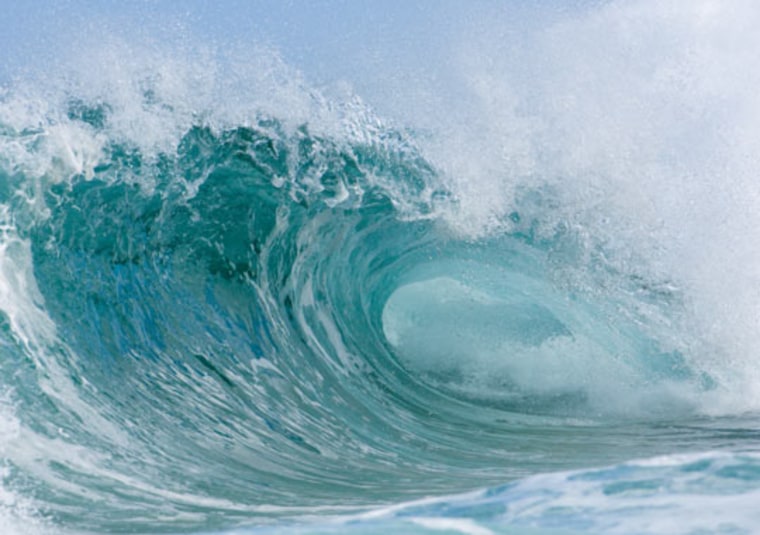The Pacific Northwest needs to brace itself for a massive tsunami that will likely destroy homes, hurl cars against buildings, and threaten the lives of tens of thousands of people, experts say.
The Northwest is due for a big earthquake-generated tsunami, just like the waves that slammed Samoa last month and the Indian Ocean in 2004.
However, the region hasn't adequately prepared for the deluge, said geotechnical engineer Yumei Wang, of the Oregon Department of Geology and Mineral Industries in Portland. Her proposal: Build a series of tsunami evacuation buildings up and down the coast.
Wang has helped design a prototype for Cannon Beach, Ore., which is seriously considering building the first tsunami refuge in the United States.
As experts debate the pros and cons of the plan, she is working with public officials and others to move forward quickly, before it's too late.
"People are in a really dangerous position," said Wang, who will present her ideas today at a meeting of the Geophysical Society of America in Portland, Ore. "This is going to happen, and it's going to have really bad ramifications unless we do something."
The Northwest owes its hazard-prone future to what's happening underground. Beneath a line of volcanoes that stretches from British Columbia to northern California and includes Mount St. Helens, Mount Rainier and Mount Shasta, one of the Earth's plates is wedged beneath another.
The fault line is called the Cascadia subduction zone, and it shakes every few hundred years when the plates shift. The quaking, which can last for minutes, triggers a tsunami that follows 10 to 20 minutes later and reaches heights of up to 15 feet.
Records show that 20 earthquake-generated tsunamis have struck the Northwest in the last 10,000 years — an average of one tsunami every 500 years. The last one happened nearly 310 years ago, on January 26, 1700.
"I fully believe that the potential for this kind of event to occur is certainly increasing every year," said Jay Wilson, Hazard Mitigation Coordinator for Clackamas County Emergency Management in Oregon. "It's our turn sooner or later."
When a tsunami approaches, residents are typically instructed to move inland and uphill. In many communities, however, that's tough advice to follow.
To get out of the popular tourist town of Seaside, Ore., for example, people need to cross two bridges that could fail in a quake. Children, seniors and the disabled will have the hardest time evacuating.
A sturdy building that's easy to get to would be a major lifesaver, Wang said.
With the help of a volunteer team of architects and engineers, her design includes reinforced concrete and a deep foundation that would withstand both the earthquake and the subsequent tsunami.
Structural elements would keep the building from getting knocked down. Breakaway walls would allow waves to flow through the 18-foot tall first floor.
Despite the reinforcements, none of those details guarantee that the structure will withstand a tsunami, Wilson warned. Officials and scientists are particularly wary of the idea because there is no real precedent to justify the $2 million to $4 million price tag to prepare for a disaster that might not arrive for several generations.
There are other concerns, too. A tsunami refuge would have to remain unlocked at all times for safety reasons, for example, but that makes maintenance more difficult and raises the risk of crime, especially if the building were designed to serve other purposes. The Cannon Beach project, for one, is a proposed renovation of the existing City Hall.
The prototype would also hold just 1,000 people. Putting the same amount of money into education, tsunami coordinators and better warning systems, Wilson said, could potentially save far more lives than that.
Whatever the final decision, moving forward on the discussion is an important step, experts say, especially in light of recent disasters elsewhere in the world.
"An event like this would be the equivalent of our (Hurricane) Katrina here in the Pacific Northwest for its scale of impact," Wilson said. "We're asking the right questions right now."
